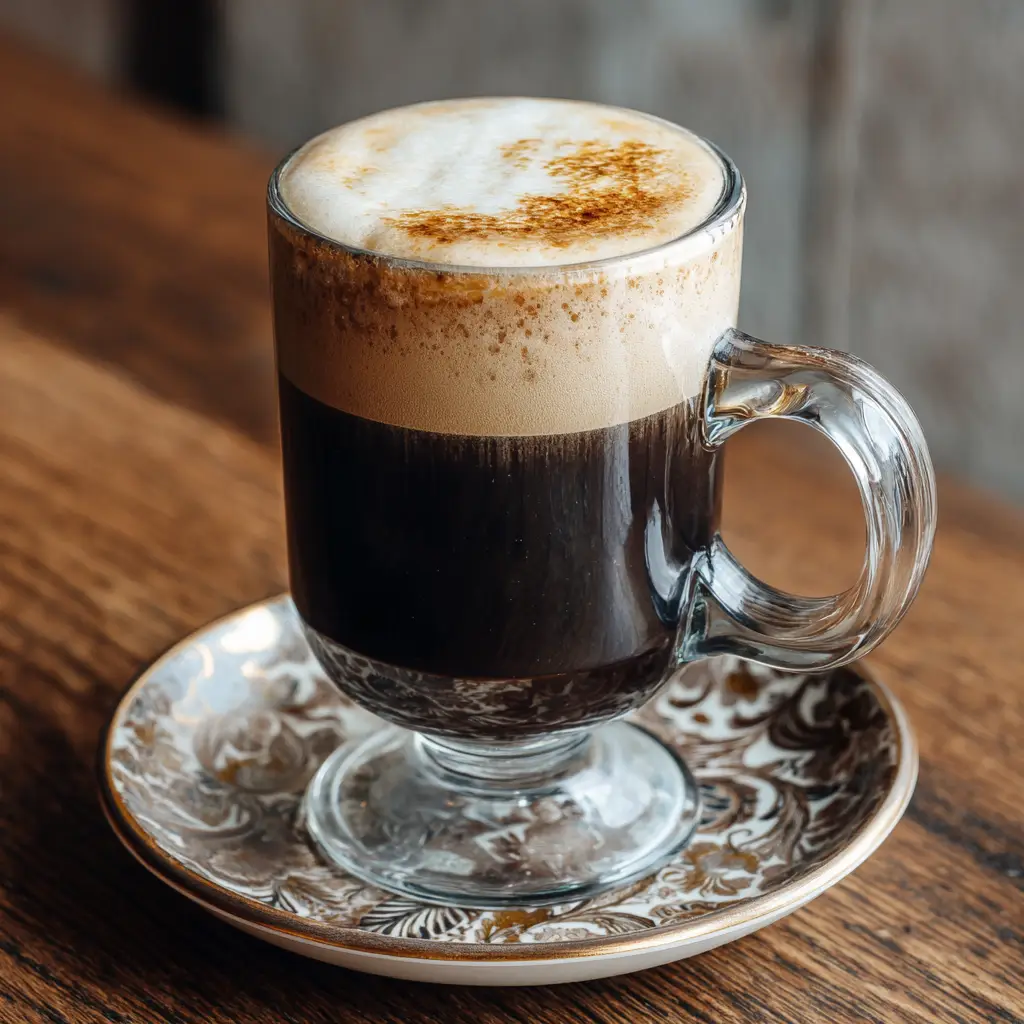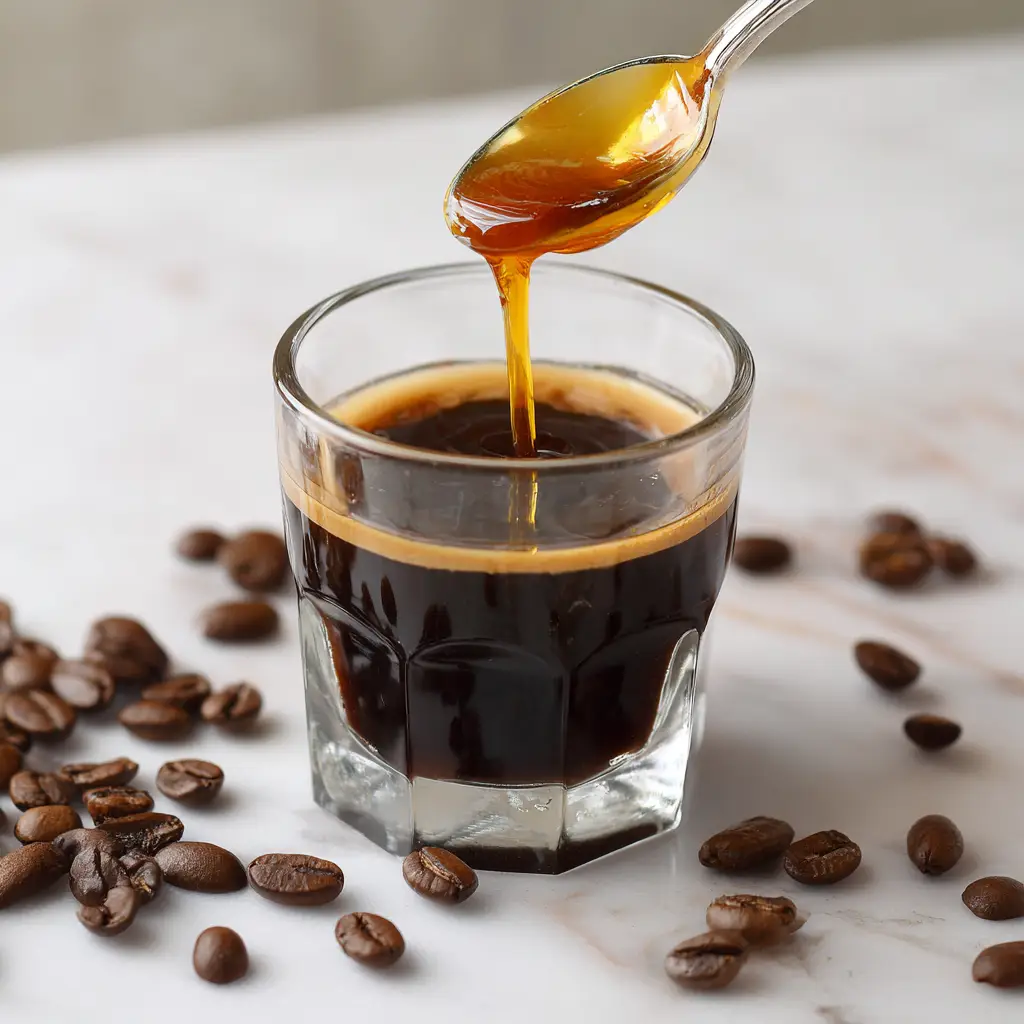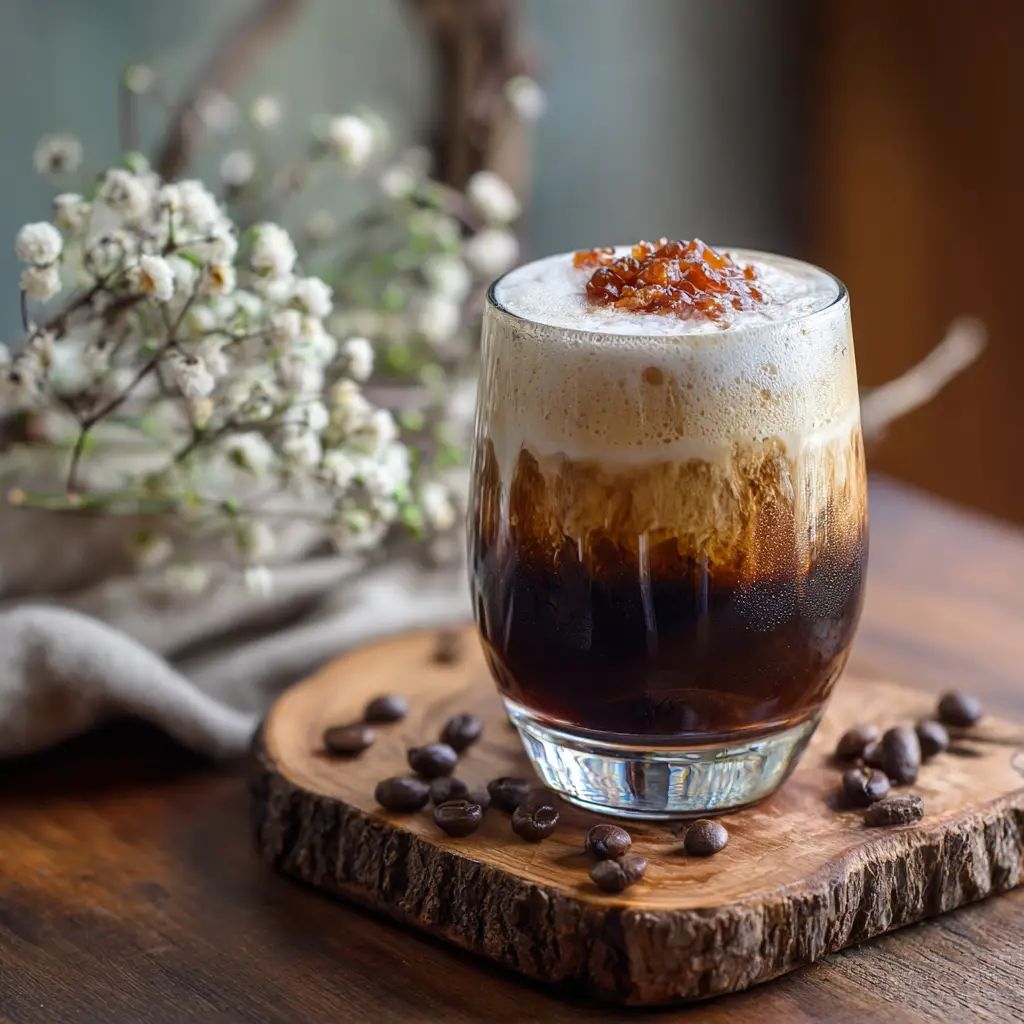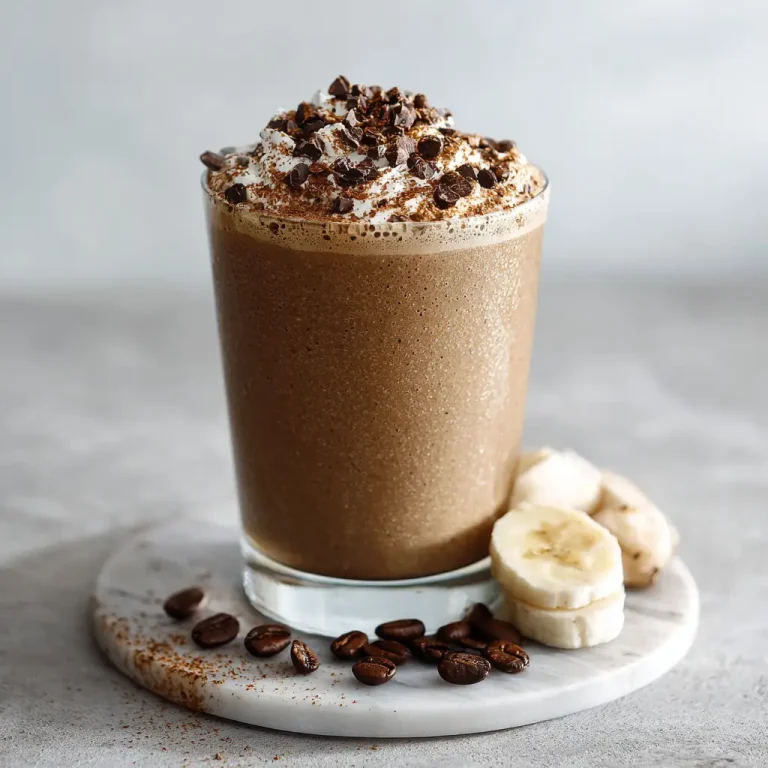Coffee Recipe: How to Brew the Perfect Cup at Home Every Time
Introduction
Coffee lovers often seek ways to make the perfect brew at home. Crafting a memorable cup demands attention to detail and a bit of experimentation. Many people believe that crafting excellent coffee requires expensive machines or rare beans. Actually great coffee depends on quality ingredients, correct ratios, proper water temperature and timing. Experience teaches how small tweaks lead to dramatic flavor changes.
A home cook with patience can rival baristas. Learning how to measure beans, adjust grind size, control water temperature and brew method empowers anyone to create coffee that delights senses. Taste evolves with practice. When coffee enters every morning routine, it becomes part of daily rhythm. Aromas awaken memories. Flavor notes offer solace. Simple rituals around coffee provide comfort.
This guide walks through one coffee recipe handcrafted with clarity. A recipe that shows steps clearly. A recipe that allows customization. One that covers ingredients, method, nutrition and suggestions to serve. Read on to discover how to brew coffee that tastes like art in a cup.

Ingredients Needed
Here are what you need for one generous cup of classic brewed coffee using medium roast beans. Table includes estimated calories per ingredient:
| Ingredient | Amount | Calories* |
|---|---|---|
| Coffee beans (medium roast) | 20 grams | 76 kcal |
| Filtered water | 300 milliliters | 0 kcal |
| Milk (whole milk optional) | 50 milliliters | 31 kcal |
| Sugar (white granulated) | 10 grams optional | 39 kcal |
* Calories approximate values based on typical nutrition data.
Using whole milk and sugar increases creaminess and sweetness but also raises calories. If skip sugar or milk adjust to personal taste or dietary needs.
Step by Step Cooking Instructions
Each step matters. Follow carefully to get full flavor and balanced acidity.
- Measure and grind beans
Use 20 grams of medium roast whole beans. Grind just before brewing to preserve aroma. Choose a grind size similar to granulated sugar for drip brew or filter method. If using espresso finer grind needed; for French press coarser grind preferred. Fresh grind ensures strong aroma and full flavor. - Heat water
Bring filtered water to about ninety five degrees Celsius. If no thermometer available boil water then let it rest thirty seconds. Water too hot burns beans. Too cool yields weak under extracted coffee. - Pre warm brew equipment
Rinse filter and pour some hot water through brewer to warm it. Discard rinse water. Pre warming cleans and helps maintain stable brewing temp. - Add ground coffee and bloom
Place ground coffee into filter. Pour about sixty milliliters of hot water over grounds slowly. Let coffee bloom for thirty seconds. Blooming releases carbon dioxide lingering in grounds and allows better extraction. - Pour remaining water slowly in stages
After bloom pour remaining water in two or three parts. Keep water flow steady. Avoid pouring too fast or in large gushes. Maintain gentle spiral motion to distribute water evenly. - Allow brew to complete
Let all water drip through filter. Total brew time should clock about three to four minutes. Extended steeping beyond that might result in bitterness. Too quick yields sourness or thin body. - Add milk or sugar if desired
If one prefers milk or sweet flavor add them now. Warm milk gently. Stir sugar until fully dissolved. Taste and adjust with small increments.If you enjoy a strong and bold flavor, don’t miss trying it with our Black Coffee Recipe – a perfect match for your coffee casserole! - Serve immediately
Pour into cup that has been warmed. Aroma best when just brewed. Drinking fresh preserves subtle flavor notes.

Tips for Customizing the Recipe
Coffee is personal. These insights help adjust recipe to your liking.
- Alter roast level. Light roasts preserve floral and fruity notes. Dark roasts yield smoky or chocolate tones. Choose beans that match flavor profile you enjoy.
- Change grind size. Finer grind enhances extraction but increases risk of over extraction. Coarser grind produces milder brew but might under extract. Adjust gradually.
- Experiment with water temperature. Slightly cooler water around ninety degrees reduces bitterness. Slightly hotter enhances extraction but risks burning delicate flavors. Test both.
- Vary brew method. Use pour over, drip brewer, French press or AeroPress. Each method changes mouthfeel and clarity. French press gives thicker texture. Pour over gives crisp clarity.
- Try different water qualities. Filtered or spring water often tastes cleaner. Hard water or water with strong minerals alters flavor. Use water with balanced taste.
- Use alternative milk options. Almond milk, oat milk or soy milk change texture and flavor. They behave differently when heated. Sweeteners such as honey, maple syrup or natural sugar alternatives add distinct character.
- Adjust ratio of coffee to water. A stronger brew might use twenty five grams beans per three hundred milliliters water. Lighter brew lowers coffee amount. Record what works for repeating.

Nutritional Information
Understanding what you drink informs better choices. Here nutrition for classic coffee recipe with optional milk and sugar included. Values approximate for one serving.
| Component | Amount per Serving |
|---|---|
| Calories | about 146 kcal |
| Total fat | approximately 2 grams |
| Saturated fat | approximately 1.3 grams |
| Carbohydrates | about 18 grams |
| Sugar | about 10 grams |
| Protein | about 3 grams |
| Caffeine | about 95 milligrams* |
*Caffeine content varies based on bean variety roast level and extraction time. Typical medium roast yields close to ninety to one hundred milligrams per cup.
Those who omit sugar lower carbohydrates. Those who use skim or plant milk reduce fat content. Black coffee alone yields minimal calories but strong flavor.
Serving Suggestions
Serving style enhances experience. These ideas help you present and enjoy coffee better.
- Use warmed cups. Heating ceramic or glass cup slightly retains aroma and temperature longer.
- Pair with small treats. Dark chocolate piece or buttery biscuit complements bitterness and richness.
- Add spices. A pinch of cinnamon or cardamom elevates aroma. Vanilla extract or ground nutmeg offers warmth.
- Serve iced version. Brew as usual then let cool. Pour over ice. Use cold milk or cream if desired. Good for hot weather.
- Offer alternate sweeteners. Maple syrup, raw sugar, coconut sugar supply distinct flavors. Try small taste difference to decide favorite.
- Create layering. For example foam milk on top. Or drizzle caramel. Visual appeal pleasing.
- Combine with creamy desserts. Panna cotta or custard balances strong coffee flavor.
Coffee Recipe: How to Brew the Perfect Cup at Home Every Time
Course: Blog1
servings5
minutes5
minutes146
kcalIngredients
20 grams of medium roast coffee beans
300 milliliters of filtered water
50 milliliters of whole milk (optional)
10 grams of sugar (optional)
Directions
- Grind the Coffee Beans:
- Use 20 grams of whole coffee beans and grind them to a medium consistency, similar to granulated sugar. Grind just before brewing for maximum flavor.
- Heat the Water:
- Bring 300 ml of filtered water to about 95°C. If you don’t have a thermometer, boil the water and let it sit for 30 seconds before using.
- Pre-warm the Equipment:
- Rinse the coffee filter and your brewing equipment with hot water to remove paper taste and maintain temperature.
- Bloom the Coffee:
- Add the ground coffee to your filter and pour 60 ml of hot water over it slowly. Let it sit for 30 seconds to allow the coffee to bloom.
Recipe Video
Notes
- You can use different roast levels based on your taste. Medium roast gives balanced flavor; light roast gives more acidity and fruitiness.
Plant-based milk options like oat or almond milk also work well.
FAQs
What type of coffee bean is best for this recipe
Use beans you enjoy. Medium roast often gives balance between acidity sweetness and body. Single origin beans highlight flavor notes. Blend beans yield consistent taste.
How can I reduce bitterness in my coffee
Grind size slightly coarser helps reduce bitterness. Lower water temperature by few degrees. Shorten brew time. Avoid over extraction. Use fresh beans.
Can I use non dairy milk instead of whole milk
Yes many plant based milks work. Oat milk gives creamy texture similar to whole milk. Almond milk lighter nutty taste. Soy milk neutral tone. Adjust based on preference.
How to store coffee beans so they stay fresh
Keep beans in airtight container. Store in cool dark place away from light and heat. Avoid refrigerator or freezer if possible. Buy small amounts to use within two to three weeks.
Is brewing ratio fixed or adjustable
Adjustable ratios let you personalize strength. Standard begins at about twenty grams coffee per three hundred milliliters water. If you prefer strong brew increase coffee amount. For lighter reduce.
Conclusion
Coffee making brings joy beyond mere ritual. Each step from selecting beans to final sip shapes the final brew. Warm aroma in morning light comforts mind and awakens senses. Flavor layers reveal themselves when you pay attention to small details. Sharing a perfectly brewed cup invites connection. Embrace experimentation and trust your palate. Every cup tells story of choices you made. Continue exploring flavors and methods until your coffee feels like home.







